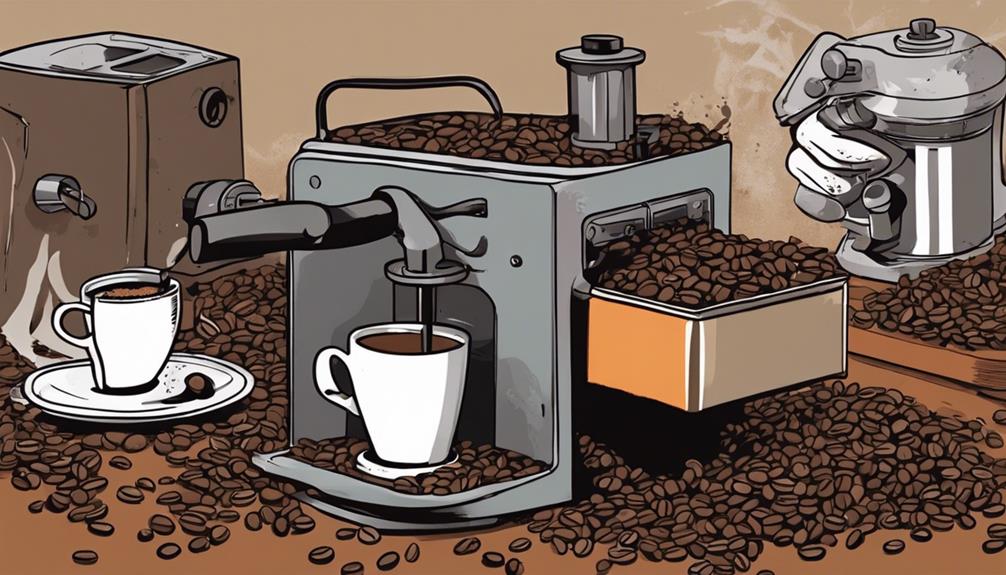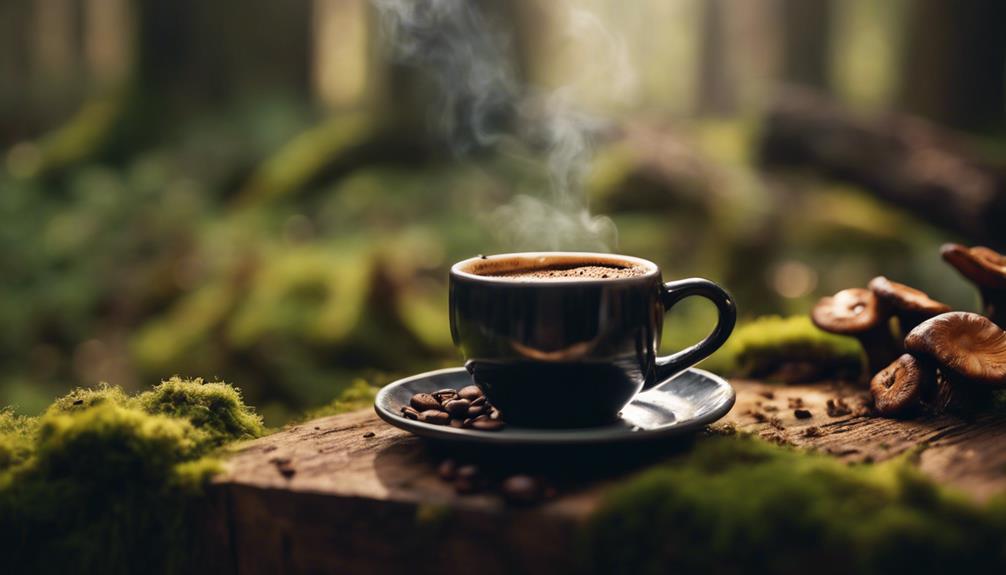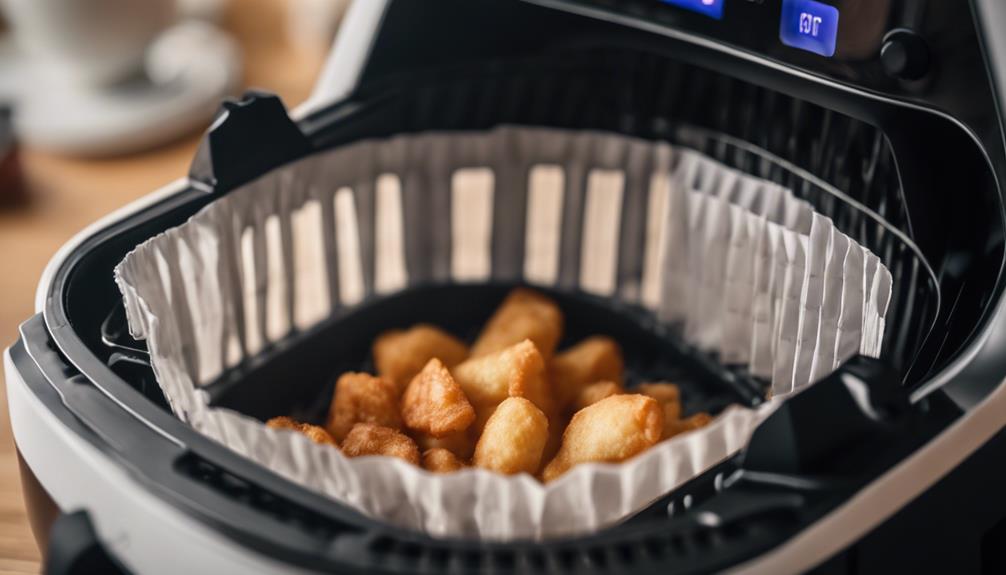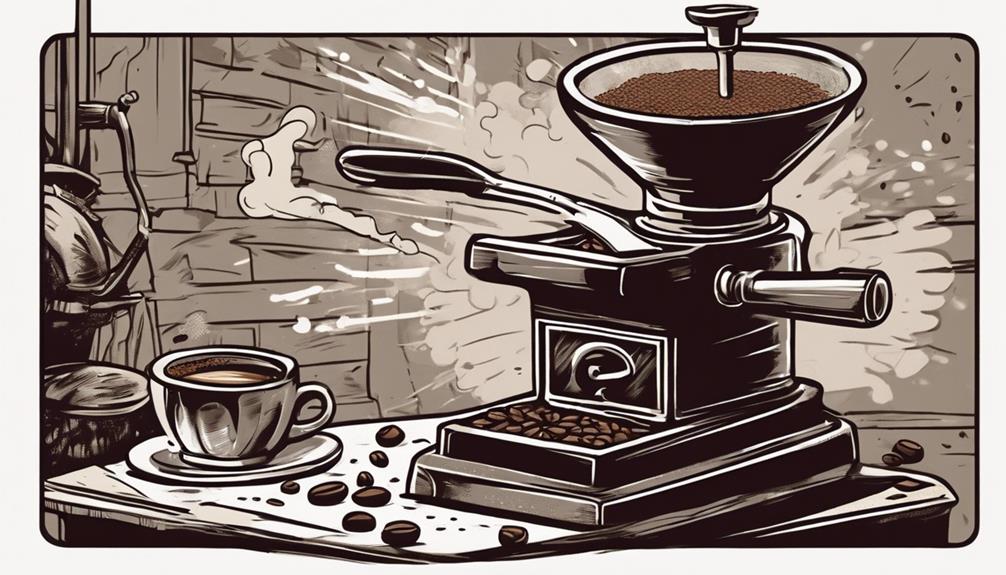When creating espresso coffee blends, it is important to focus on achieving a perfect balance of flavors. Start by selecting high-quality beans with cupping scores of 83 or higher to lay a strong foundation. Experiment with different origins and ratios to discover the ideal combination of sweetness, body, and acidity. Create a blend using 6-10 single origin coffees to add complexity. Roast them to a balanced reddish-brown color for depth of flavor. Keep in mind that experimenting with roast levels and ratios is essential for creating a delicious espresso. Become skilled in the art of blending for a truly captivating coffee experience.
Key Takeaways
- Select high-quality single origin beans with cupping scores above 83.
- Balance sweetness, body, and acidity in the blend.
- Experiment with different origins and ratios for complexity.
- Fine-tune roast profile for desired flavor development.
- Blend multiple coffees for consistent and harmonious taste.
The Art of Blending Espresso
How do expert espresso blenders achieve the perfect harmony of flavors in their blends?
Blending espresso beans is an art that requires expertise, creativity, and a keen understanding of the elements that contribute to a well-rounded cup of espresso. When crafting espresso blends, blenders focus on achieving the ideal flavor profile by considering factors like sweetness, body, and equilibrium.
By experimenting with different bean combinations and meticulously noting the results through cupping notes, blenders can refine their blends to perfection.
The process of blending espresso beans allows for a harmonious fusion of flavors that cater to a wide range of taste preferences. Expert blenders aim to maintain consistency, depth, and equilibrium in every batch to ensure a delightful coffee experience for customers.
Through continuous experimentation and refinement, espresso blenders showcase their skill in creating blends that captivate the senses and elevate the coffee-drinking experience.
Roasting Techniques for Espresso Blends
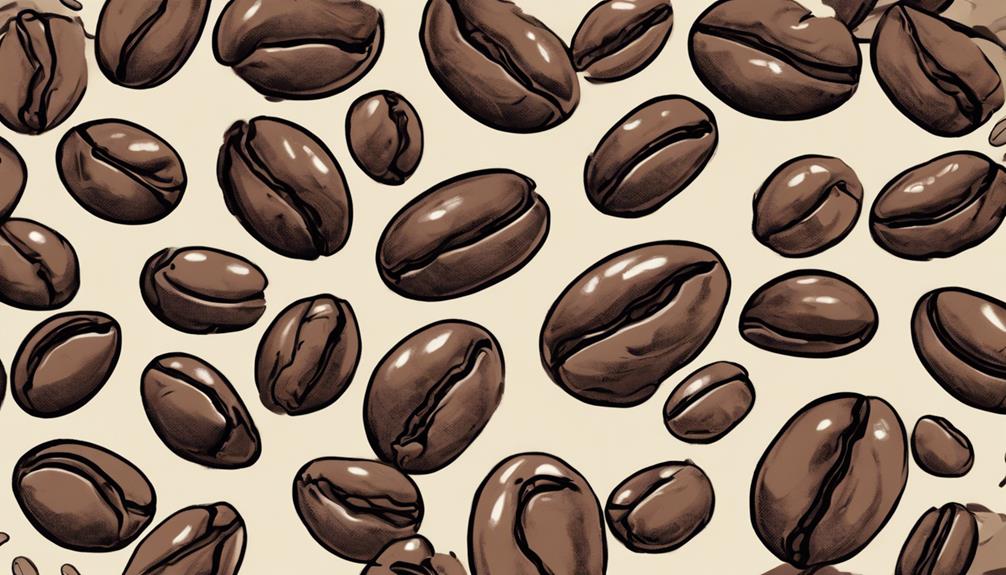
When roasting espresso blends, focus on achieving the desired flavor profile through careful consideration of roast levels and techniques. A medium/dark roast is often favored for espresso blends as it brings out depth and richness in the flavor. The goal is to achieve a deep reddish-brown roast that maintains balance without introducing overly bitter or charred notes. Roasting methods greatly impact the overall taste and quality of espresso blends, influencing acidity, body, and aroma. It's essential to experiment with different roast levels and methods to fine-tune your espresso blend and reach the best flavor profile.
| Roasting Methods | Influence on Espresso Blends |
|---|---|
| Medium/Dark Roast | Enhances depth and richness |
| Reddish-Brown | Achieves a balanced blend |
| Experimentation | Allows for flavor refinement |
| Acidity | Affected by roast level |
| Coffee Beans | Key to flavor development |
Crafting the Perfect Blend Recipe
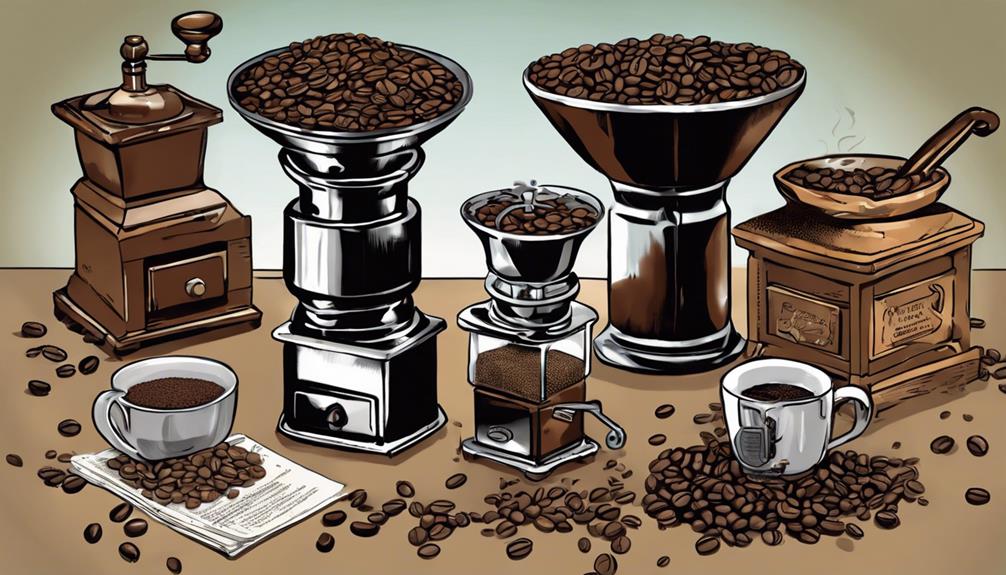
Crafting the perfect espresso blend recipe involves carefully selecting high-quality single origin coffees with cupping scores of 83+ to guarantee a well-rounded flavor profile.
When creating espresso blends, it's essential to balance sweetness, body, and acidity to achieve a good espresso blend.
Experimenting with different coffee origins and ratios allows you to craft unique flavor profiles for your blend.
A typical espresso blend recipe may comprise 6-10 different single origin coffees, providing complexity and depth to the final product.
To bring out the desired flavors and characteristics, fine-tuning the roast profile for each coffee in your blend is pivotal.
By experimenting with origins and adjusting roast levels, you can create an espresso blend recipe that perfectly suits your taste preferences.
Importance of Coffee Blending for Espresso

Blending coffee for espresso enhances the complexity that single origin beans lack. When creating an espresso blend, understanding the importance of coffee blending is vital to achieving a balanced and flavorful cup. By combining different beans, each with unique characteristics, you can create a more intricate flavor profile that excites the palate.
Here is a quick guide to espresso blending:
| Blending Techniques | Description |
|---|---|
| Base Coffee | Provides the foundation for the blend. |
| Small Ratios | Adding specialty beans in small quantities. |
| Specialty Beans | Enhances aroma and complexity of the blend. |
When selecting beans for your espresso blend, consider the roast time, origin, and flavor profile. American coffees like South American beans are popular choices for espresso blends due to their balanced acidity and sweetness. Experiment with different Coffee Blends to find the perfect combination that suits your taste preferences. Remember, the trademarks of Home-Barista.com can also be a valuable resource when accessing this site for more information on crafting the ideal espresso blend.
Balancing Flavors in Espresso Blending

Achieving a harmonious taste profile in espresso blending involves skillfully combining different single origin beans. When it comes to balancing flavors in espresso blending, key elements such as sweetness, body, and acidity play vital roles. By carefully considering these factors, you can create a well-rounded espresso blend that delights the palate.
To ensure a consistent flavor in your espresso blend year-round, blending multiple coffees can help maintain any potential imbalances. Commonly, espresso blends incorporate 6-10 different single origin beans to add complexity and depth to the final product.
Experimentation with roast levels and ratios is essential in finding the perfect combination of flavors that harmonize seamlessly.
Frequently Asked Questions
How to Blend Coffee Beans for Espresso?
To blend coffee beans for espresso, mix single origin beans to create balanced flavors. Choose specialty coffees with cupping scores of 83+. Experiment with different origins and ratios for unique profiles. Balance sweetness, body, and acidity. Roast to enhance flavors.
How Is Coffee Blended for Espresso?
To blend coffee for espresso, combine beans from different origins to create complexity. Experiment with ratios for a balanced flavor. Achieve consistency through expertise. Cup, sample, and adjust to perfect the taste profile. Blending coffee beans with a blender can also help achieve the desired consistency and balance in flavor. By carefully pulsing and mixing the beans, you can create a homogeneous blend that brings out the best qualities of each origin. However, it is important to note that over-blending can cause the beans to lose their individual characteristics, so it is crucial to pulse the blender in short bursts to avoid over-processing. Overall, blending coffee for espresso requires attention to detail and a willingness to experiment in order to achieve the perfect cup of coffee.
What Blend of Coffee Is Best for Espresso?
When creating espresso, think of your blend as a symphony of flavors. Seek out specialty coffees with high cupping scores, combining various origins for a balanced sweetness, body, and acidity. Experiment to find your perfect blend!
How Many Espresso Beans Are Required to Make One Espresso Shot?
To make one espresso shot, you'll need around 7-9 grams of coffee beans. The ideal ratio for a double shot is 18-20 grams. Remember, the grind size, bean freshness, and brewing temperature all impact the shot's quality.
Conclusion
As you sip your perfectly blended espresso, imagine the dance of flavors swirling together like a symphony in your cup. Each bean playing its part, creating a harmonious melody of rich, bold taste.
Just like a well-crafted blend, life is a delicate balance of different elements coming together to create something truly remarkable. Embrace the art of blending coffee beans for espresso and savor every moment of this delicious journey.
Cheers to the perfect cup!
